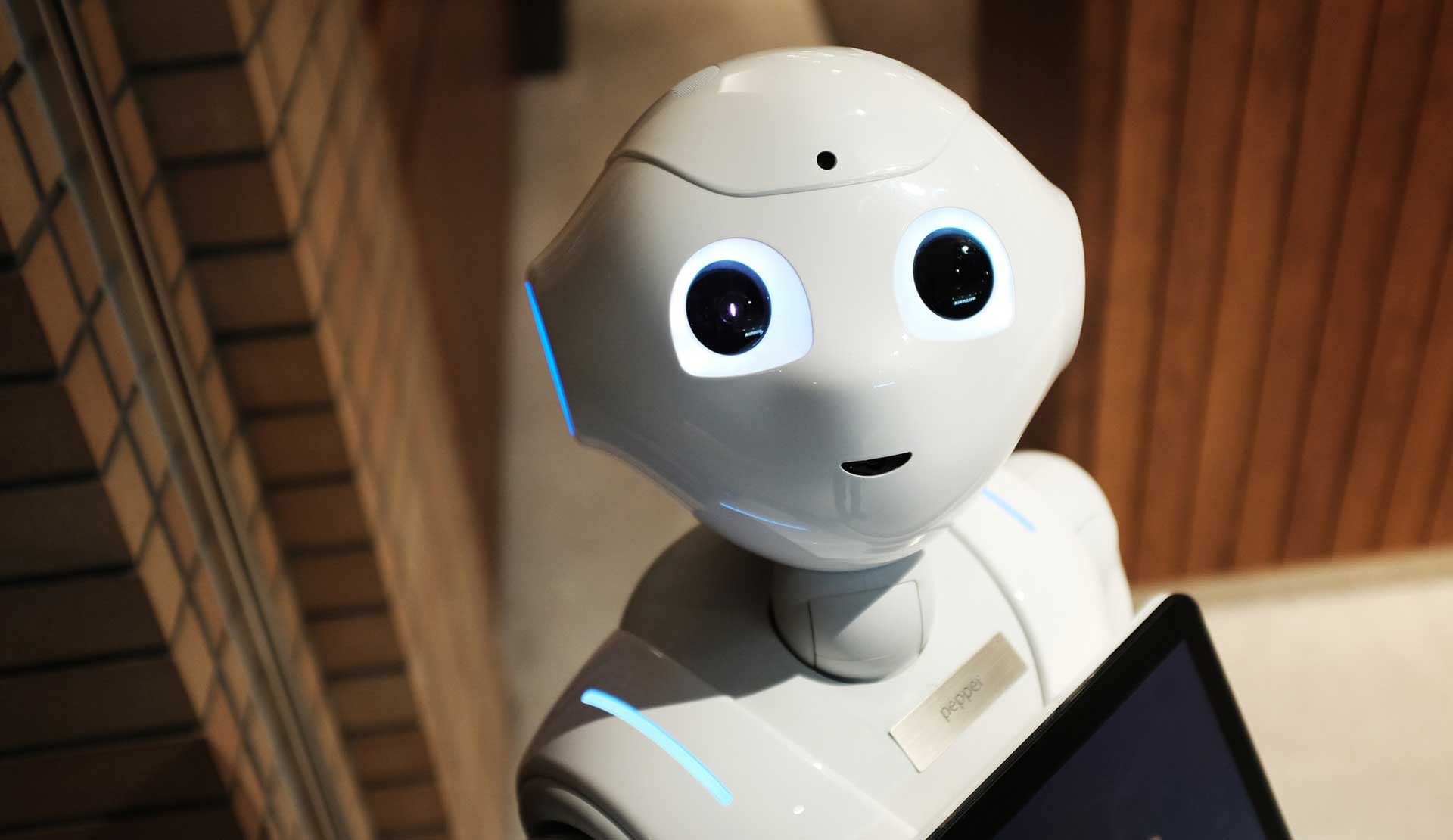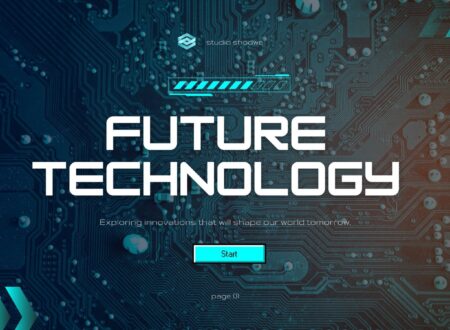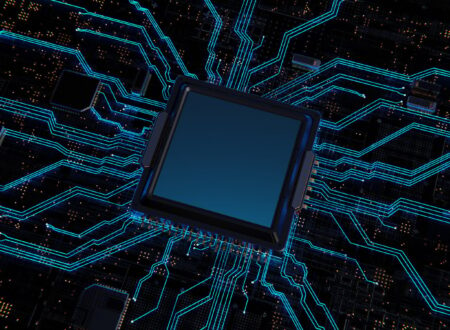From rising sea levels to polluted air and depleting resources, our planet is under pressure. But amid these global challenges, a wave of innovation is offering hope. Green technology, or clean tech, is transforming how we produce energy, travel, build, and live—bringing sustainability and progress together.
This blog explores how green tech is reshaping industries and helping us move toward a cleaner, healthier, and more sustainable future.
Clean Energy: Powering the Future Without Emissions
At the heart of the green tech revolution is the shift away from fossil fuels toward renewable energy. Technologies like solar panels, wind turbines, hydropower, and geothermal energy are leading the charge.
- Solar energy has become more affordable than ever, with panels now powering everything from homes to satellites.
- Wind farms, both onshore and offshore, generate electricity without emitting greenhouse gases.
- Battery storage technology is advancing, helping store excess renewable power for use when the sun isn’t shining or the wind isn’t blowing.
These innovations are drastically reducing our carbon footprint and helping entire countries transition to carbon-neutral economies.
Sustainable Transportation: Moving Toward a Greener Commute
Transportation accounts for nearly a quarter of global CO₂ emissions, but green tech is changing that rapidly.
- Electric vehicles (EVs) are now mainstream, with companies like Tesla, Ford, and Volkswagen rolling out affordable and powerful models.
- Charging infrastructure is expanding globally, making EV ownership more convenient than ever.
- Public transportation upgrades, including electric buses, hydrogen-powered trains, and bike-sharing systems, are reducing pollution in cities.
- Urban planning tech is being used to design walkable cities and reduce reliance on personal vehicles.
Together, these innovations are creating cleaner air and healthier urban environments.
Smart Homes & Green Buildings: Efficiency at Every Level
Modern buildings are going green in both design and function. Smart home technology allows users to optimize their energy usage, while eco-friendly materials reduce environmental impact during construction.
Some highlights include:
- Smart thermostats and lighting systems that reduce energy waste.
- Green roofs and solar panels integrated into homes and office buildings.
- LEED-certified architecture that uses recycled or low-impact materials.
- Water-saving plumbing systems and rainwater harvesting to cut consumption.
With these systems in place, homes and buildings are becoming net-zero energy consumers or even energy producers.
Circular Economy: Waste Not, Want Not
The traditional “take-make-dispose” model is being replaced by a circular economy—and tech is leading the way.
- Recycling innovations are turning plastic waste into building materials, clothing, or even fuel.
- Biodegradable packaging made from seaweed or cornstarch is replacing harmful plastics.
- E-waste recycling is recovering precious metals from discarded electronics.
- 3D printing reduces waste in manufacturing by building items layer by layer with precision.
Green startups are using AI to optimize supply chains and reduce waste at every stage of production, helping businesses become both more efficient and more sustainable.
Agriculture & Food Tech: Feeding the Planet Sustainably
Feeding a growing population without destroying the planet is one of our biggest challenges—and green agricultural technology is providing solutions.
- Vertical farming uses less land and water while growing food year-round in urban areas.
- Precision agriculture powered by drones, sensors, and AI helps farmers use just the right amount of water, fertilizer, and pesticides.
- Lab-grown meat and plant-based alternatives are reducing the environmental toll of traditional livestock farming.
- Composting tech and bio-digesters are turning food waste into energy or fertilizer.
By optimizing how we grow and consume food, these innovations help combat hunger, deforestation, and climate change all at once.
The Role of AI and Big Data in Sustainability
Artificial intelligence and data science are crucial to the green tech revolution. They help monitor environmental changes, predict climate trends, and optimize energy use.
- AI-powered grids balance electricity supply and demand in real time.
- Climate modeling software helps scientists understand and mitigate global warming.
- Smart agriculture systems track soil health, crop yield, and weather patterns to reduce waste.
- Apps and platforms let consumers track their own carbon footprint and make eco-conscious choices.
This marriage of digital and environmental innovation is proving to be one of the most powerful tools in our fight against climate change.
Final Thoughts: Green Tech Is the Future
The green tech revolution isn’t just about cool gadgets or smart solutions—it’s about survival and sustainability. As governments, companies, and individuals adopt and invest in clean technology, we inch closer to a world where economic growth doesn’t come at the planet’s expense.
We still have a long way to go, but the innovations already in motion prove one thing: technology can be a force for good. By supporting and accelerating green tech, we’re not just saving energy—we’re saving the Earth.





